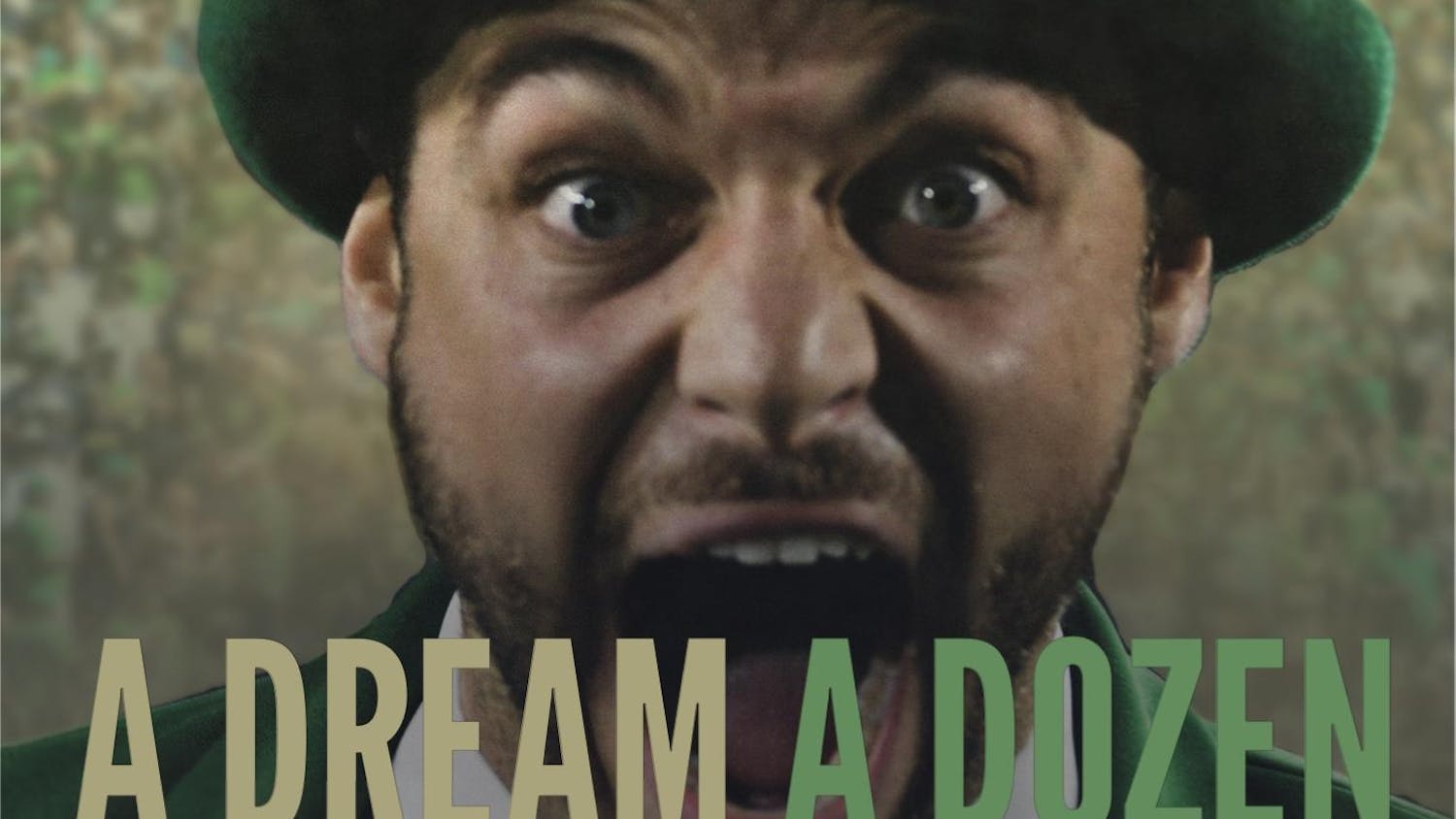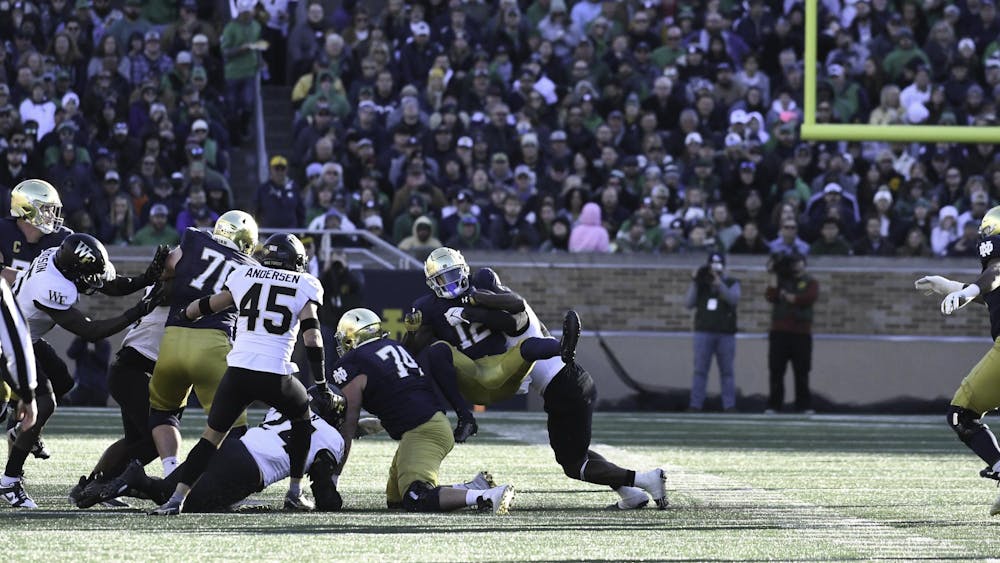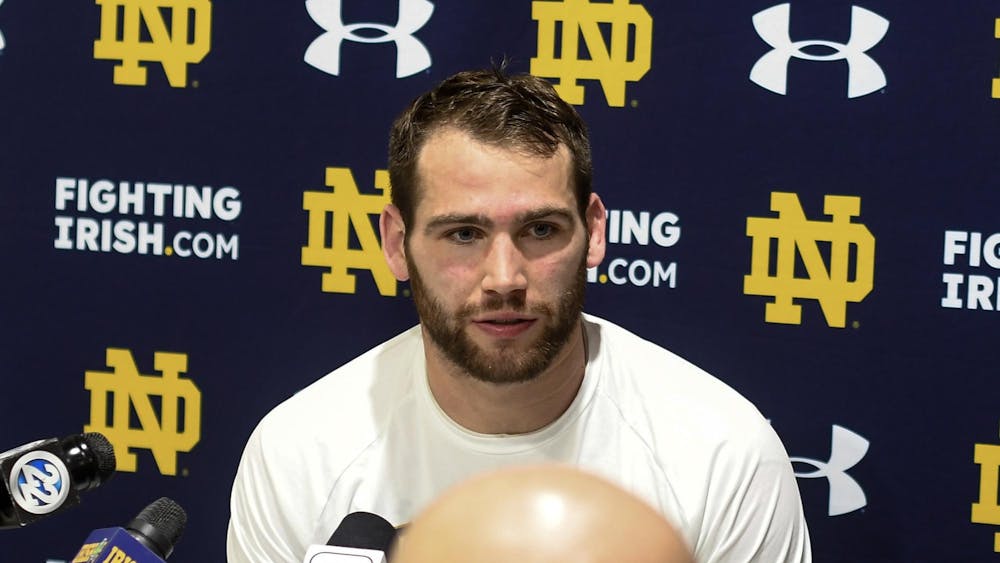Tony Gwynn's bat could light up a stadium. His .338 career batting average and 3,141 hits speak for the first-ballot MLB Hall of Famer all on their own.
But it was Gwynn's smile that could light up the Padres dugout, a full cheek-to-cheek grin fans, teammates and family members found infectious.

It's a smile Gwynn almost lost for good in the fall of 2010 when doctors found a malignant tumor in the salivary gland of his right cheek. While doctors refused to confirm smokeless tobacco had caused the tumor, Gwynn refused to believe anything other than a lifetime of chewing tobacco had caused the oral cancer.
Gwynn may be the sport's most high profile victim of smokeless tobacco, but baseball and tobacco have been inextricably linked since the game's inception in the 1840s. The term "bullpen" was even coined after the Blackwell Tobacco Company unveiled a new brand of tobacco called "Bull Durham."
Video cameramen do their best to avoid the clips of brownish-tar spewing out of the mouths of professional athletes, but it is nearly impossible to avoid throughout a full baseball game. From the bulging Skoal tins in back pockets to shots of the dugout floor coated in tobacco spit, fans and kids are needlessly exposed.
It has been handed down from generation to generation. It's a connection between the past and the present, from Cooperstown legends to current hometown heroes. Jerseys, rules and franchises change, but chewing tobacco has been a constant from the beginning.
It's a connection across cultures. Players from Latin America and across the globe may not speak the same language as American ball players, but they can all share the experience of tobacco.
It's also baseball's oldest tradition, one that will be harder to break than judging safe or out by the naked eye.

Last week, Major League Baseball took the first steps to removing tobacco's presence from TV sets and stadiums in the only labor agreement that hasn't grabbed national headlines this year.
Under the new agreement between the MLB and the Players Association effective in 2012, players, managers and coaches will no longer be able to carry a tobacco package in their uniforms at games or any time fans are in the ballpark. Moreover, they will be prohibited from using smokeless tobacco during televised interviews, at autograph signings and at events where they interact with fans or represent their ball clubs.
It's a start, but it's not good enough. All other levels of organized baseball have banned tobacco from use at games and on camera. The newly signed agreement, which lasts until 2016, is the necessary bridge between a tradition that has overstayed its welcome and the complete eradication of tobacco from the game.
So, for the first time since Bud Selig added the wild card to the playoffs, I applaud you Major League Baseball. The players won't like it at first, but they have five years to figure out a way to cope with the change.
But it's not about them, and it never was. It's about the high school ball player that chewed his way through practice and games. It's about the college student who can't take a shower or complete a homework assignment without throwing in a lip. It's about the oral cancer victim who wishes his smile could light up a crowd again.
Contact Chris Masoud at cmasoud@nd.edu
The views expressed in this Sports Authority column are those of the author and not necessarily those of The Observer.












